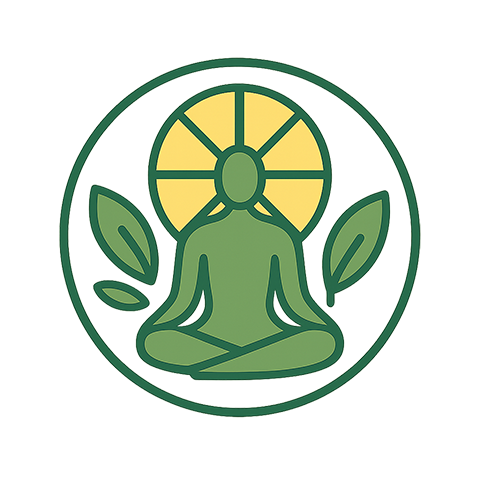Finding Balance: Embracing a Problem-Based Approach
In our fast-paced world, it often feels like we’re juggling countless responsibilities, from work to personal commitments. The constant pull in different directions can leave us feeling overwhelmed. It’s in this intricate dance of life that we find ourselves searching for balance. One effective method to cultivate this balance is through a problem-based approach.
Understanding the Problem-Based Approach
At its core, a problem-based approach focuses on identifying challenges and finding practical solutions. Instead of merely reacting to issues as they arise, this method encourages us to analyze the root causes of our challenges. By doing so, we empower ourselves to change our circumstances, rather than being a victim of them.
Identifying Life’s Challenges
Many of us navigate daily hurdles that disrupt our sense of balance—work stress, relationship conflicts, or even the struggle to maintain a healthy lifestyle. A problem-based approach invites us to pause, reflect, and identify these issues objectively. For instance, if you’re feeling stressed about your workload, instead of merely complaining about it, you might ask yourself: “What specific aspects of my workload are overwhelming me?” and “How can I address them?”
Strategizing for Success
Once we’ve pinpointed the challenges, the next step is to strategize solutions. This is where the power of the problem-based approach shines. Brainstorming possible solutions can be a creative and freeing process. With every idea you jot down, you create an opportunity for yourself to escape the cycle of stress. Perhaps it involves delegating tasks, having crucial conversations, or setting clearer boundaries—whatever the solution may be, it’s about embracing proactive change.
Fostering a Growth Mindset
One of the beautiful aspects of embracing a problem-based approach is the shift it catalyzes in our mindset. Instead of feeling stuck, we begin to cultivate a growth mindset. This enables us to see challenges not as insurmountable obstacles but as opportunities for growth and learning. As we embrace this mindset, we’ll find that balance becomes less about achieving a perfect state and more about continuous adaptation and resilience.
Implementing Solutions in Daily Life
Finding balance is a journey, not a destination. Once you’ve brainstormed solutions, it’s time to implement them in your daily life. Start small; make adjustments that are manageable and realistic. Whether it’s dedicating time each week to focus on a personal interest or setting aside moments for self-care, these incremental changes can lead to significant improvements in your overall balance.
Reflect and Adjust
As you begin to implement a problem-based approach, it’s crucial to periodically reflect on your progress. Ask yourself what’s working and what isn’t. Are there new challenges that have emerged? Are your solutions helping you move closer to a balanced life? This practice of reflection allows for continuous improvement—a vital component in achieving a sustainable balance.
By integrating a problem-based approach into your life, you’re not just reacting to challenges; you’re actively seeking out ways to enhance your well-being. In this journey, remember to be kind to yourself; balance is not a one-size-fits-all solution. Embrace the process, celebrate small victories, and let yourself grow in the face of challenges.




